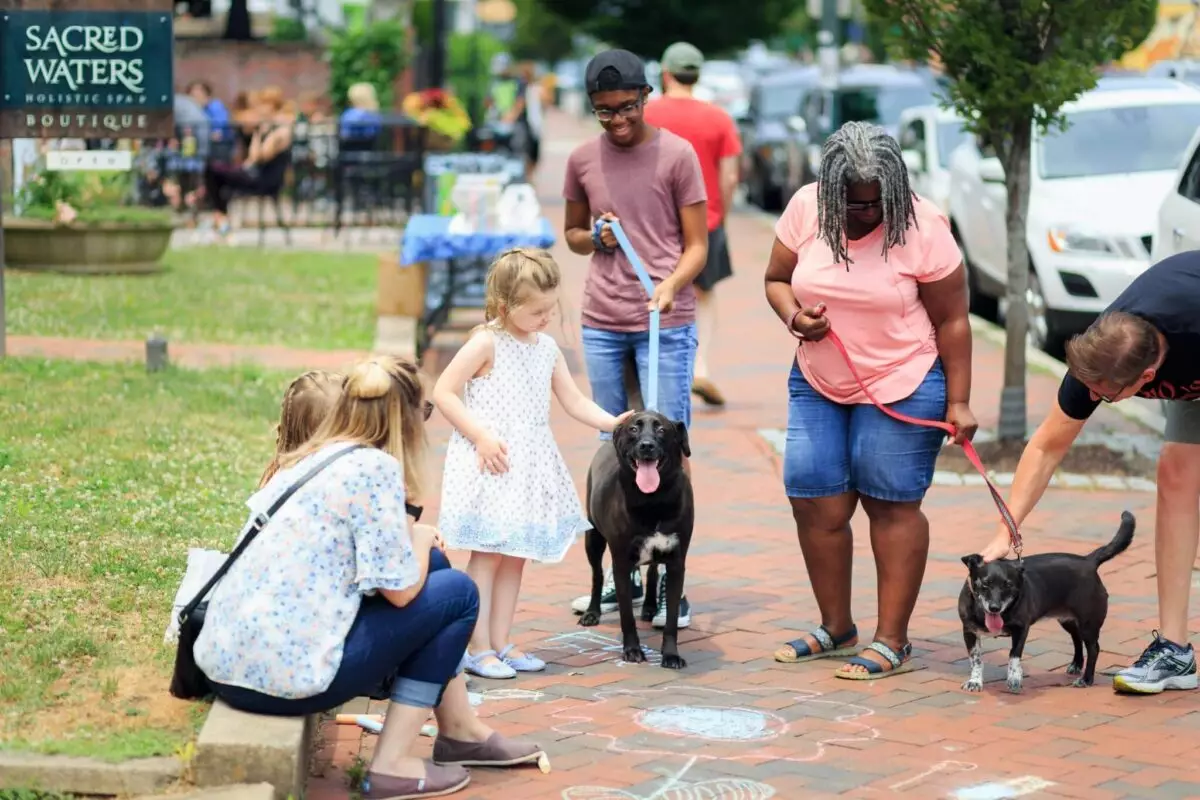Introducing your dog to new companions can be a daunting task, but it doesn’t have to be. Whether you are welcoming a new pet into your household or simply trying to help your dog make friends at the park, careful planning and understanding of canine behavior can facilitate positive interactions. Approaching these introductions with patience and techniques tailored to your pet’s unique temperament is essential for nurturing their social skills and ensuring they feel secure in new situations.
Every dog has a distinct personality formed by their genetic makeup and past experiences. While some dogs may take to new acquaintances effortlessly, others may feel apprehensive or anxious. To help your dog thrive in social scenarios, it is crucial to assess their response to different stimuli. Dogs with a history of positive interactions may be more receptive to meeting new friends, whereas those with past traumas or fewer social experiences may require more patience and gradual exposure to build their confidence.
Recognizing your dog’s typical behavior patterns is the first step in making introductions successful. Monitor how they respond to unfamiliar sounds, sights, and smells, and use this information to gauge their comfort level with new situations.
Rushing any introduction can trigger stress and anxiety, leading to negative experiences that can affect your dog’s long-term behavior. It is essential to initiate introductions in a low-pressure, neutral environment. Parks or other open areas are ideal because they minimize territorial instincts and provide a relaxed setting. This allows both your dog and their new acquaintance to feel safe and observed at their own pace before becoming too involved.
Start with the two dogs or individuals observing each other from a distance. This initial phase serves as an assessment period where each participant can evaluate the other’s body language and intentions. Gradually decrease the distance only as both dogs appear relaxed and ready for further interaction.
Positive reinforcement is not just a strategy; it’s a powerful motivator that can significantly enhance your dog’s socialization experience. This approach involves rewarding your dog with treats, affection, or praise when they display calm and friendly behavior in the presence of new companions. Reinforcement fosters a favorable association with new introductions, ultimately encouraging your dog to embrace future interactions with enthusiasm.
Throughout this process, it’s vital to celebrate the small victories. Even the slightest indication of curiosity or calmness warrants a reward. This method builds a strong foundation, allowing your dog to recognize social interactions as a positive event rather than a source of anxiety.
When facilitating introductions, it is wise to keep initial meetings brief. Extended interactions can be overwhelming for dogs, especially if they are meeting someone for the first time. Limit initial engagement to a few minutes, allowing your dog to process the experience without feeling overwhelmed.
As your dog becomes accustomed to their new friend, you can gradually increase the time spent together, ensuring that interactions remain positive and manageable. Frequent short, enjoyable meetings will foster comfort and trust, creating a healthy basis for future playdates or social interactions.
Dogs are adept communicators, primarily through body language. As you navigate introductions, the importance of observing your dog’s posture and movements cannot be understated. Signs of stress—like a tail tucked between the legs, excessive yawning, or a refusal to engage—may indicate discomfort and signal that it’s time for a break. Conversely, relaxed postures, wagging tails, and playful actions suggest that your dog is ready to engage.
Remaining vigilant and responsive to your dog’s cues is crucial to preventing negative encounters that could arise from misreading their signals. In instances where your dog exhibits anxiety, allowing them a respite can facilitate a sense of control, helping them to reclaim their confidence.
Socialization is not simply an event but rather a continuous process throughout your dog’s life. Regular outings, playdates, or interactions with various companions will help solidify their skills and confidence. Dogs that are routinely socialized tend to adapt better and experience less anxiety in various situations.
Incorporating these engagements into your dog’s routine can transform them into a well-adjusted, confident companion. Whether meeting new dogs regularly or inviting a variety of people into their environment, each positive experience reinforces their ability to form strong, healthy relationships.
Introducing your dog to new friends can be an enjoyable and enriching experience, provided you approach it with the right knowledge and mindset. By understanding your dog’s unique personality, utilizing positive reinforcement, and fostering gradual, calm interactions, you can create a nurturing environment for socialization. Over time, with dedication and consistency, your dog will likely grow into a social butterfly, enthusiastic about meeting new friends and forming lasting bonds. Through this journey, not only will your dog thrive socially, but you will also strengthen your partnership as they learn to navigate the world with confidence.

